Jaquamontia is a genus of flowering plants in the Convolvulaceae family, which includes many climbing or trailing plants.
Here is some general information about Jaquamontia creeper:
- Botanical Name: Jaquamontia (or Jacquemontia) spp.
- Common Names: Jaquamontia creeper, Skyblue clustervine, or Jacquemontia vine.
- Description: Jaquamontia creeper is a fast-growing, perennial vine known for its attractive flowers and foliage. The leaves are typically heart-shaped or triangular, depending on the species. The flowers are trumpet-shaped and are usually shades of blue or purple, although there are some species with white or pink flowers.
- Growth Habit: Jaquamontia creeper has a trailing or climbing growth habit. It produces long, slender stems that can reach several feet in length and tend to sprawl or twine along the ground or climb up supports like trellises, fences, or walls.
- Climate and Hardiness: Jaquamontia creeper is native to tropical and subtropical regions, including parts of the Americas. It prefers warm climates and is often grown as an annual in colder regions.
- Cultivation: Jaquamontia creeper can be grown in a variety of soil types but prefers well-draining soil. It thrives in full sun to partial shade conditions. Regular watering is necessary to keep the soil consistently moist, especially during dry periods. Proper support or trellising may be needed to guide the vine’s growth.
- Uses: Jaquamontia creeper is commonly used as an ornamental plant for its attractive flowers and foliage. It can be grown in hanging baskets, containers, or as a ground cover. It adds a touch of vibrant color to gardens, balconies, or patios.
- Maintenance: Pruning can help control the size and shape of Jaquamontia creeper. Additionally, removing spent flowers can encourage further blooming. It’s also important to protect the plant from extreme temperatures, as it may not tolerate frost.
Please note that specific details about growth habits, flower color, and cultivation requirements may vary depending on the species of Jaquamontia creeper. If you have any further information about the specific species or any other questions, feel free to provide more details, and I’ll do my best to assist you.

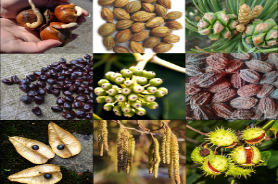





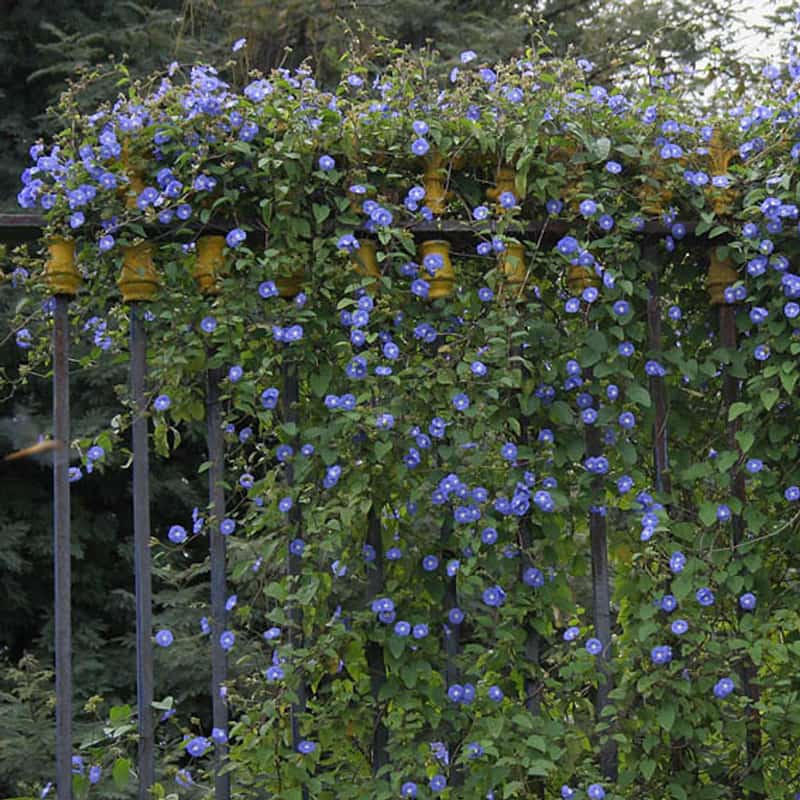
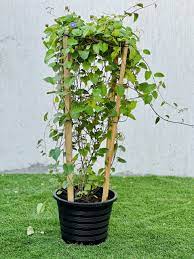
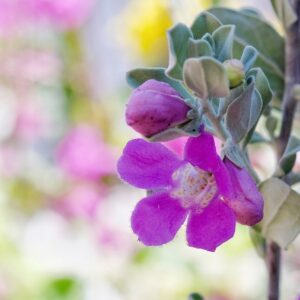
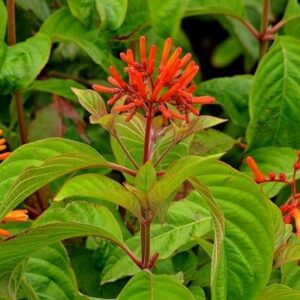
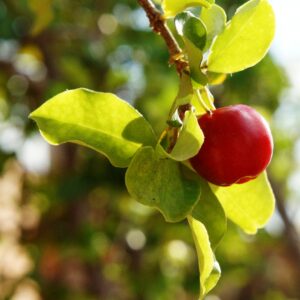

Reviews
There are no reviews yet.